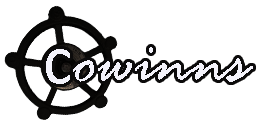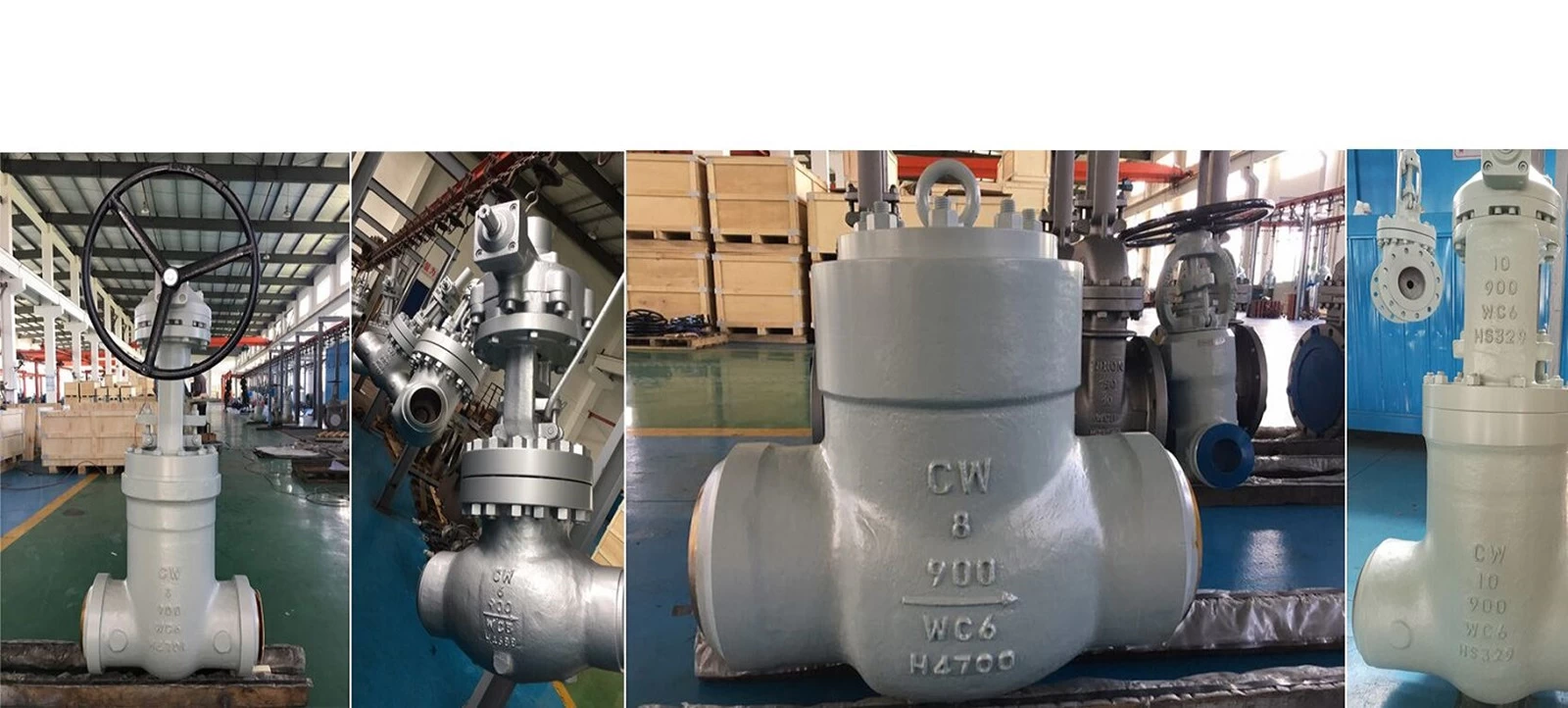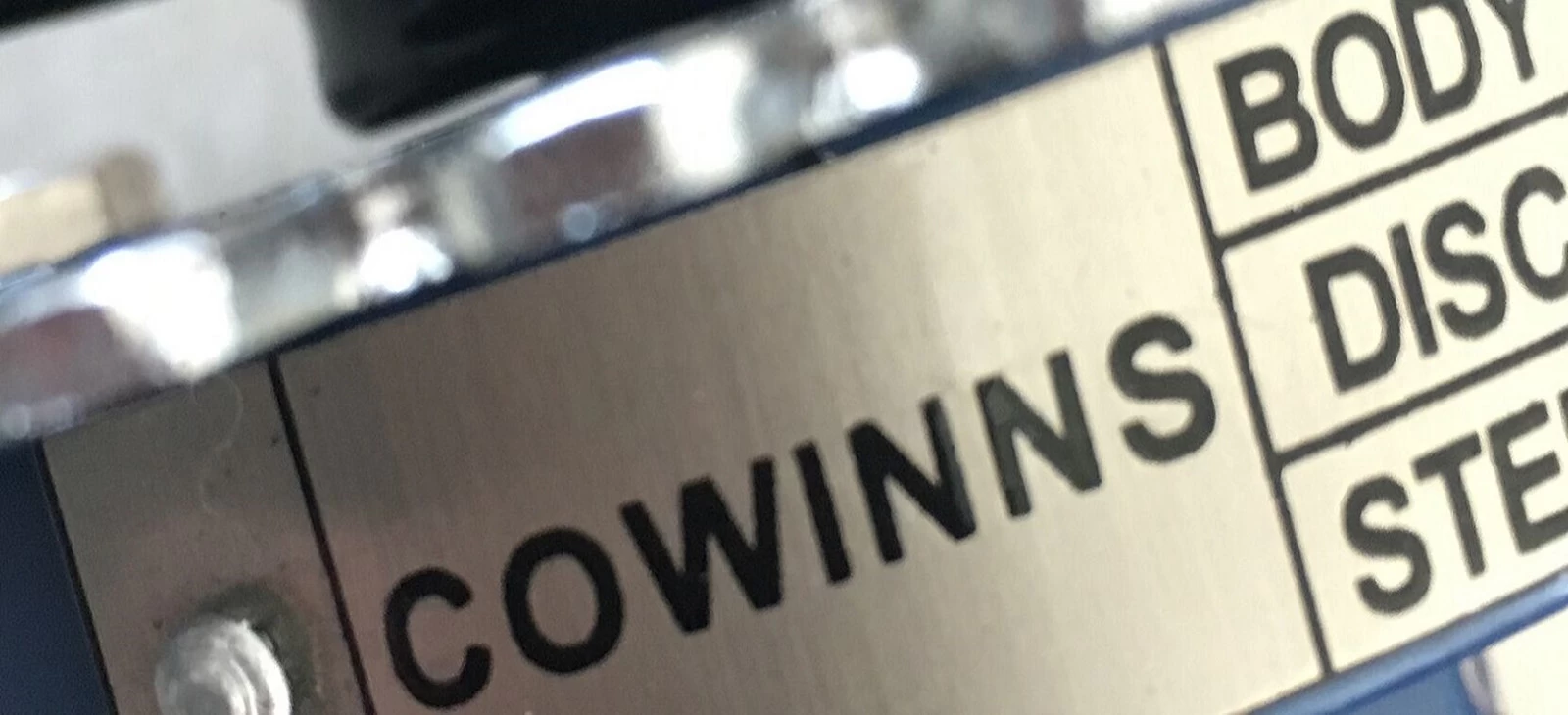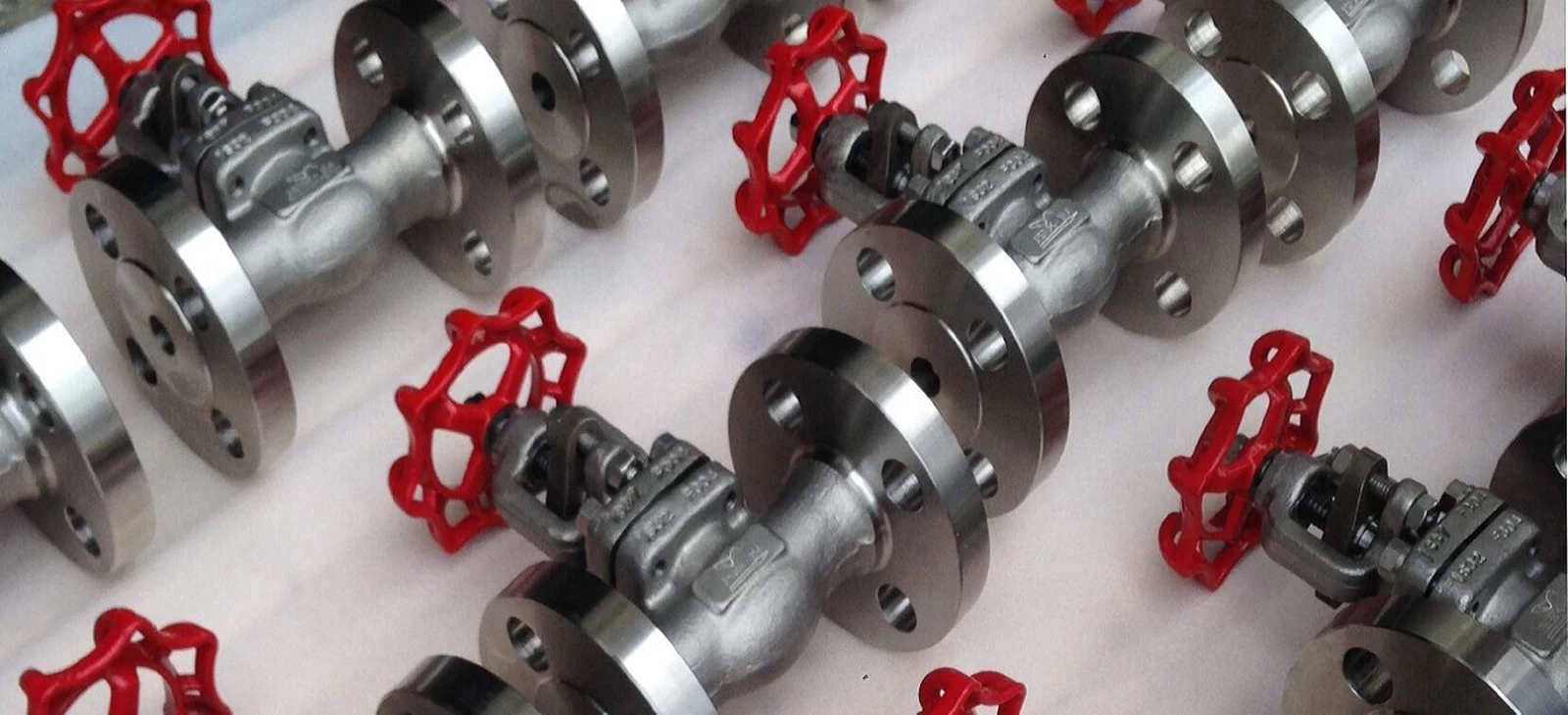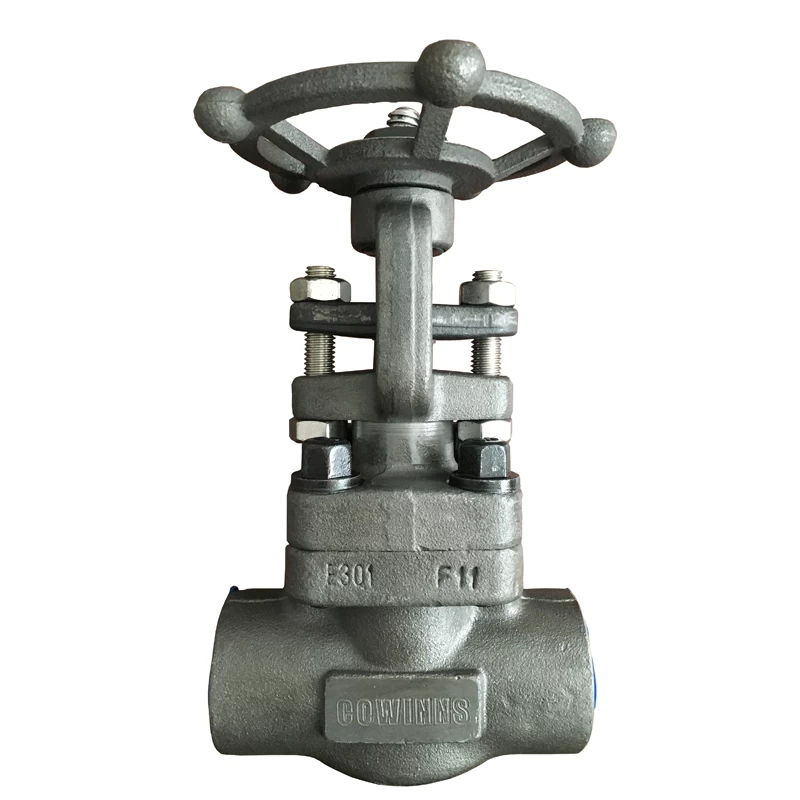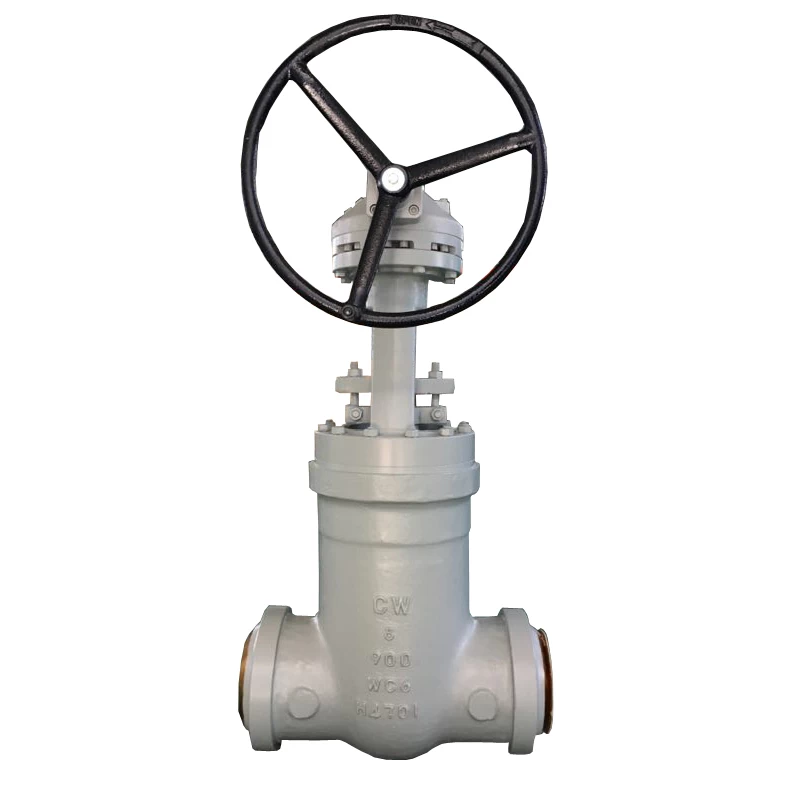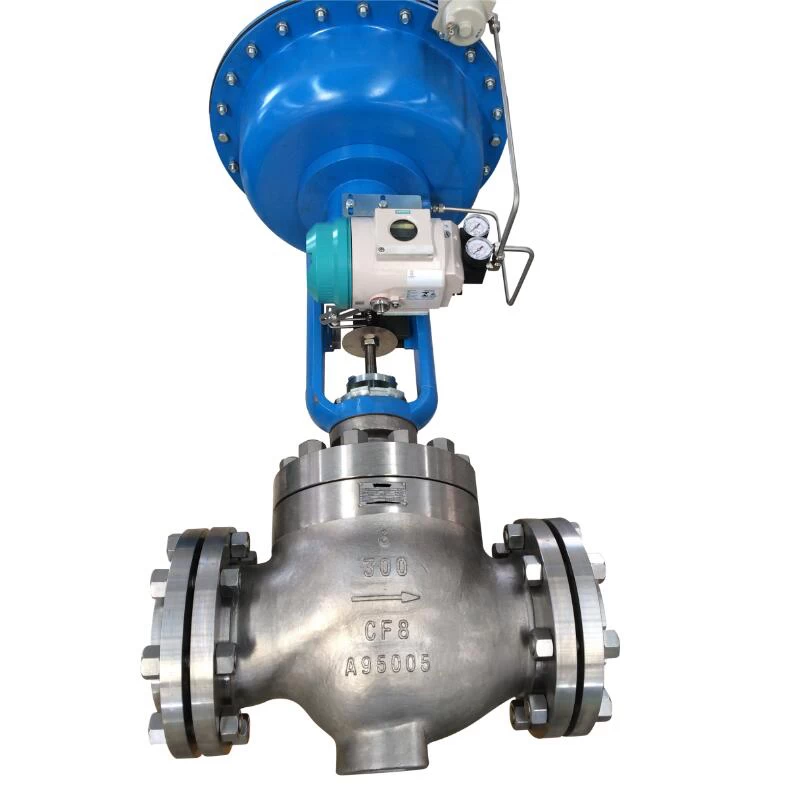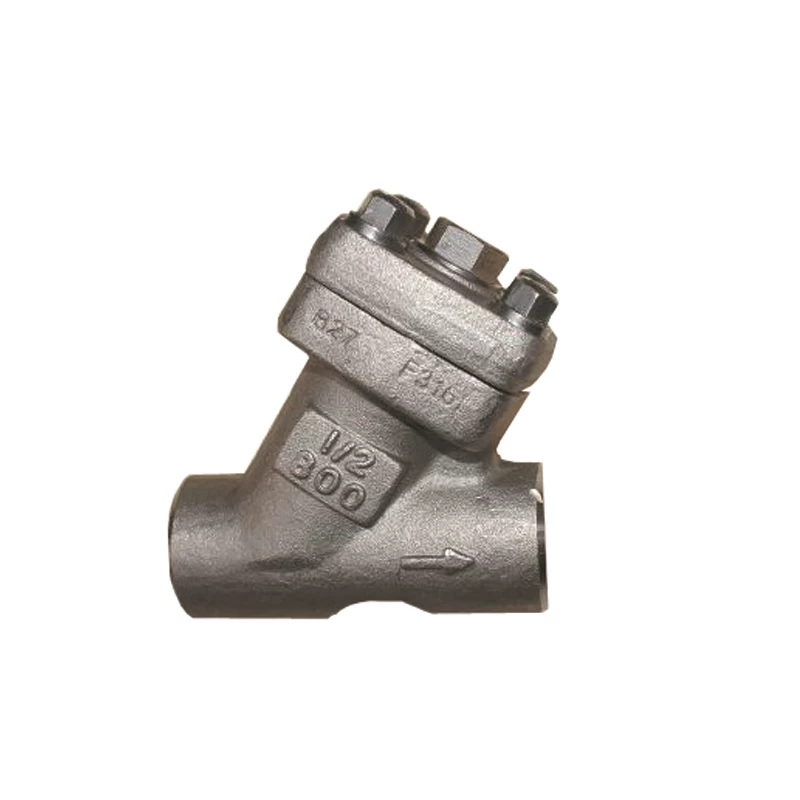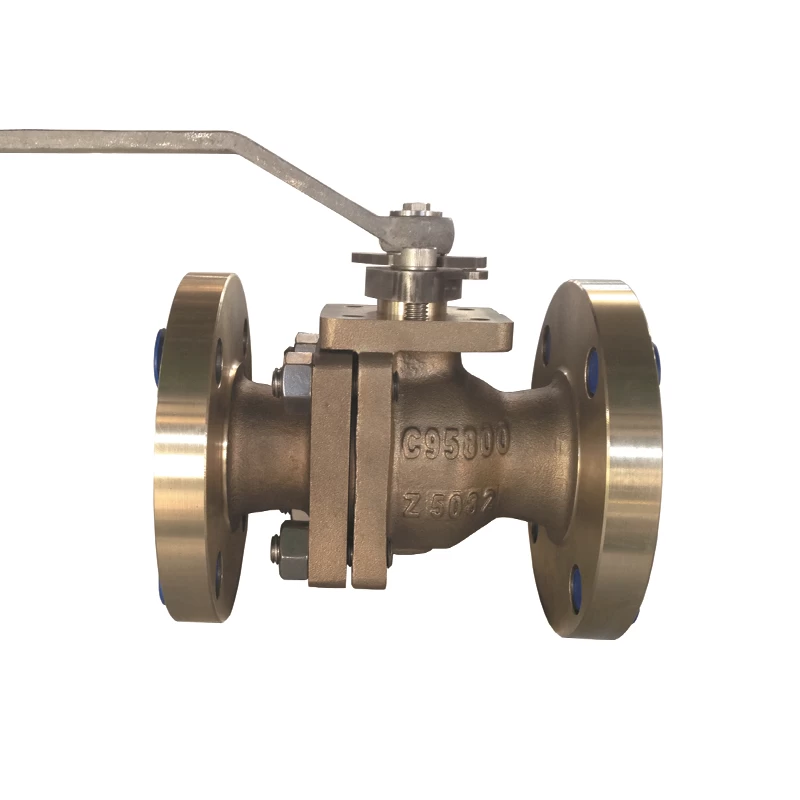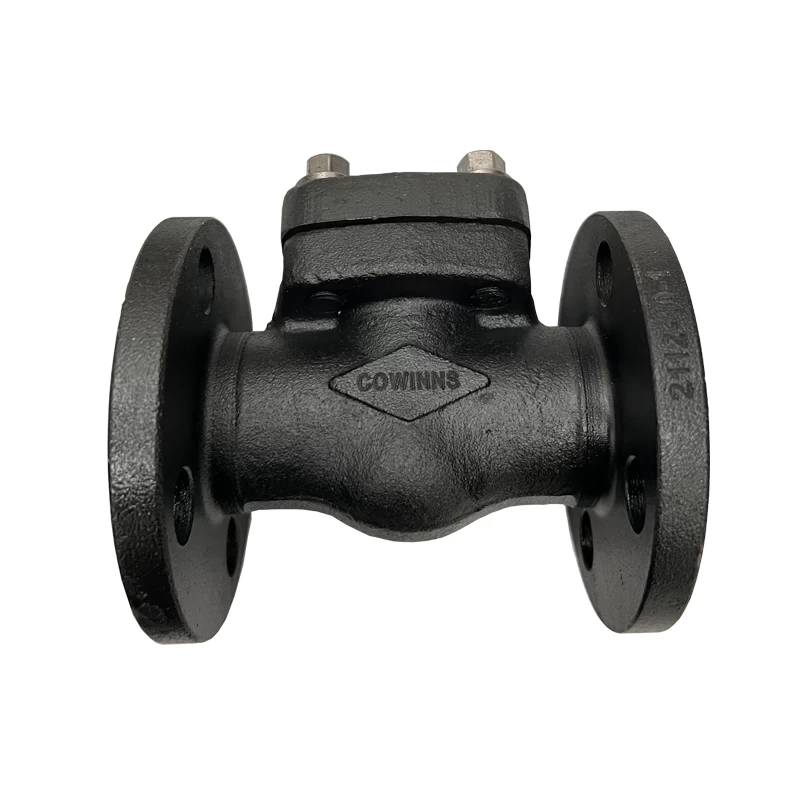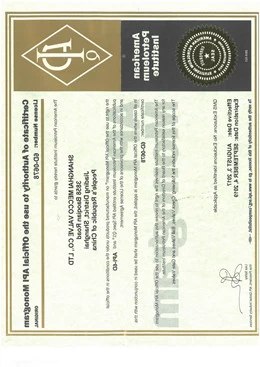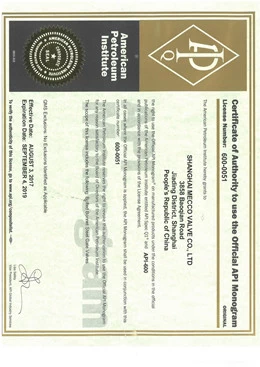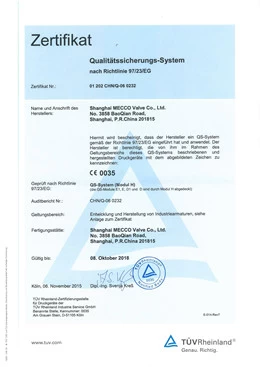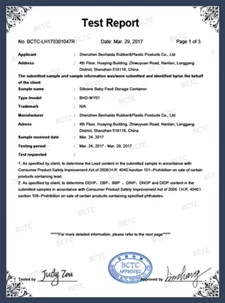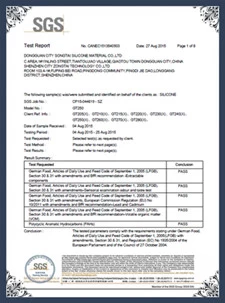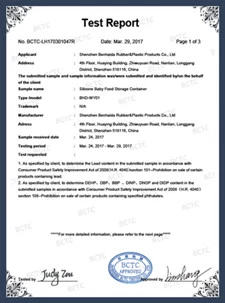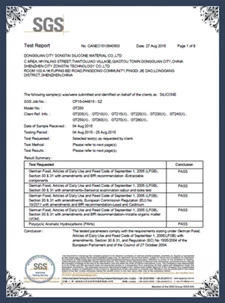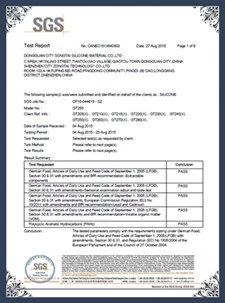A collection of advantages and disadvantages of different valves
1. The valves used in the water supplypipeline are generally selected according to the following principles:
1) When the pipe diameter is not greaterthan 50mm, a globe valve should be used, and when the pipe diameter is greaterthan 50mm, a gate valve and a butterfly valve are used.
2) When adjusting the flow rate and waterpressure, the regulating valve and globe valve should be used
3) The gate valve should be used for theparts requiring small flow resistance (such as on the suction pipe of the pump)
4) Gates and butterfly valves should beused on pipelines where water flow needs to flow in both directions, and globevalves are not allowed
5) Butterfly valve and ball valve should beused in the small installation space
6) On the pipeline section that is oftenopened and closed, the globe valve should be used
7) Multi-function valve should be used onthe outlet pipe of the larger-diameter pump
2. The following parts of the water supplypipeline should be equipped with valves:
1)The water supply pipeline of theresidential area is from the introduction pipe section of the municipal watersupply pipeline.
2)The node of the outdoor ring pipe networkin the residential area should be set according to the separation requirements.When the ring-shaped pipe section is too long, it is advisable to install asegmented valve
3)The beginning of the branch pipe or thehousehold management pipe connected from the water supply main in theresidential area
4)Inlet pipe, water meter and branch risers(bottom of riser, upper and lower ends of vertical ring pipe network riser)
5)The branch pipe of the ring-shaped pipenetwork and the connecting pipe through the branch pipe network
6)The beginning of the water distributionpipe from the indoor water supply pipe to the residents and public toilets, andthe water distribution point on the water distribution branch pipe is set whenthere are 3 or more
7)Outlet pipe of water pump, suction pumpof self-priming water pump
8) Inlet and outlet pipes and drain pipesof the water tank
9) Equipment (such as heaters, coolingtowers, etc.) inlet water supply pipe
10)Water distribution pipes for sanitaryappliances (such as large and small urinals, washbasins, showers, etc.)
11)Some accessories, such as the front ofautomatic exhaust valve, pressure relief valve, water hammer eliminator,pressure gauge, sprinkler, etc., the front and rear of pressure relief valveand backflow preventer
12)The lowest part of the water supplynetwork should be equipped with a drain valve
3. The check valve should generally beselected according to its installation location, water pressure in front of thevalve, sealing performance requirements after closing, and the size of thewater hammer caused during closing.
1)When the water pressure in front of thevalve is small, swing check, ball check and shuttle check valves should beused.
2)When the sealing performance afterclosing is strict, it is better to choose a check valve with a closing spring
3)When it is required to weaken and closethe water hammer, it is better to choose quick-closing muffler check valve orslow-closing check valve with damping device
4)The valve break or spool of the checkvalve should be able to close by itself under the action of gravity or springforce
4. Check valves should be installed on thefollowing sections of the water supply pipeline
On the inlet pipe; on the inlet pipe of theclosed water heater or water equipment; on the outlet pipe of the water pump;on the outlet pipe section of the water tank, water tower, and highland poolwhere the inlet and outlet pipes are combined with one pipeline.
Note: The check section is not required forthe pipe section equipped with a pipeline backflow preventer.
5. The following parts of the water supplypipeline should be equipped with exhaust devices
1)The water supply pipe network usedintermittently shall be equipped with an automatic exhaust valve at the end andthe highest point of the pipe network
2)There is a pipe section with obviousundulation and accumulation of air in the water supply pipe network. Anautomatic exhaust valve or a manual valve such as a 900LB high pressure gatevalve has been installed at the peak point of the section
3)Air pressure water supply device, whenusing automatic air supply type air pressure water tank, the highest point ofits water distribution network should be equipped with automatic exhaust valve
Advantages and disadvantages fordifferent valves
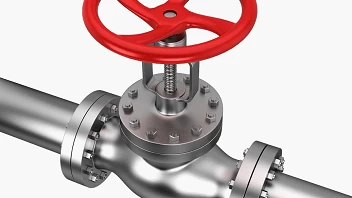
1. Gate valve : A gate valve such as WC6high temperature steam gate valve refers to a valve in which the closing member(gate) moves in the vertical direction of the channel axis, and is mainly usedas a cutting medium on the pipeline, that is, fully open or fully closed.Generally, the gate valve cannot be used to regulate the flow. It can beapplied to low temperature pressure or high temperature and pressure, and canbe based on different materials of the valve. But gate valves are generally notused in pipelines that transport mud and other media
advantages:
①Lowfluid resistance;
② Thetorque required for opening and closing is small;
③It canbe used on the ring network pipeline where the medium flows in two directions,that is to say, the flow direction of the medium is not restricted;
④ Whenfully open, the erosion of the sealing surface by the working medium is smallerthan that of the globe valve;
⑤Theshape structure is relatively simple, and the manufacturing process is good;
⑥ Thestructure length is relatively short.
Disadvantages:
① Theexternal dimensions and opening height are large, and the required installationspace is also large;
②During the opening and closing process, the sealing surface is relativelyrubbed, and the friction is large, and it is easy to cause scratches at hightemperatures;
③Generalgate valves have two sealing surfaces, which add some difficulties toprocessing, grinding and maintenance;
④ Longopening and closing time.
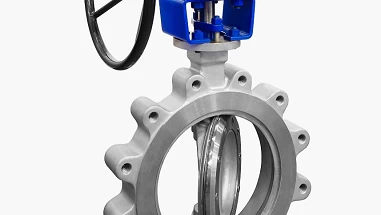
2. Butterfly valve: The butterfly valve isa valve that uses a disc-type opening and closing member to reciprocate around90 ° to open, close and adjust the fluid channel.
Advantages:
①Simplestructure, small size, light weight, and consumables saving, do not use inlarge-diameter valves;
② Quickopening and closing, low flow resistance;
③It canbe used for medium with suspended solid particles, and it can also be used forpowder and granular media according to the strength of the sealing surface. Itcan be used for bidirectional opening and closing and adjustment of ventilationand dust removal pipelines, and is widely used in gas pipelines and waterchannels in metallurgy, light industry, electric power, and petrochemicalsystems.
Disadvantages:
① Theflow adjustment range is not large, when the opening reaches 30%, the flow willenter more than 95%;
②Due tothe limitation of butterfly valve structure and sealing material, it is notsuitable for high temperature and high pressure pipeline system. The generalworking temperature is below 300 ℃ and below PN40;
③Thesealing performance is poor compared to ball valves and globe valves, so it isused in places where the sealing requirements are not very high.
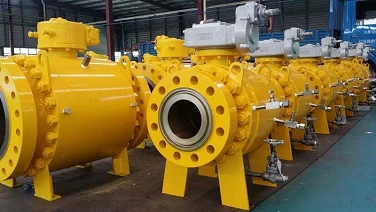
3. Ball valve: It is evolved from the plugvalve. Its opening / closing part is a ball. The ball is rotated 90 ° aroundthe axis of the valve stem to achieve the purpose of opening and closing. Theball valve is mainly used to cut off, distribute and change the direction ofmedium flow on the pipeline. The ball valve designed as a V-shaped opening alsohas a good flow adjustment function.
Advantages:
① hasthe lowest flow resistance (actually 0);
②Becauseit won't get stuck during work (when there is no lubricant), it can be reliablyused in corrosive media and low-boiling liquid;
③Completesealing can be achieved within a large pressure and temperature range;
④ Canrealize fast opening and closing, the opening and closing time of somestructures is only 0.05 ~ 0.1s, to ensure that it can be used in the automaticsystem of the test bench. When opening and closing the valve quickly, theoperation has no impact;
⑤Thespherical closure can be automatically positioned at the boundary position;
⑥ Theworking medium is reliable and sealed on both sides;
⑦ Whenfully open and fully closed, the sealing surfaces of the ball and the valveseat are isolated from the medium, so the medium passing through the valve athigh speed will not cause corrosion of the sealing surface;
⑧Compact structure and light weight, it can be considered as the most reasonablevalve structure for low temperature medium system;
⑨ Thevalve body is symmetrical, especially the welded valve body structure, can wellbear the stress from the pipeline;
⑩Theclosing piece can withstand the high pressure difference during closing. ⑾The ball valve with fullywelded body can be buried directly in the ground, so that the internal parts ofthe valve are not eroded, and the maximum service life can reach 30 years. Itis the most ideal valve for oil and natural gas pipelines.
Disadvantages:
①Becausethe main seat sealing material of ball valve is PTFE, it is inert to almost allchemical substances, and has a small friction coefficient, stable performance,not easy to age, wide temperature range and excellent sealing performanceComprehensive characteristics. However, the physical characteristics of PTFE,including the higher coefficient of expansion, sensitivity to cold flow andpoor thermal conductivity, require that the design of the valve seat seal mustbe carried out around these characteristics. Therefore, when the sealingmaterial becomes hard, the reliability of the seal is destroyed. Moreover, PTFEhas a low temperature resistance level and can only be used at less than 180 °C. Above this temperature, the sealing material will age. When consideringlong-term use, it is generally not used at 120 ℃.
② Itsregulating performance is worse than the globe valve, especially the pneumaticvalve (or electric valve).
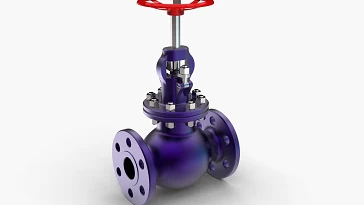
4. Shut-off valve: refers to a valve inwhich the closing piece (valve) moves along the center line of the valve seat.According to this form of movement of the valve flap, the change of the valveseat port is directly proportional to the stroke of the valve flap. Because theopening or closing stroke of the valve stem of this type of valve is relativelyshort, and has a very reliable cut-off function, and because the change of thevalve seat port is proportional to the stroke of the valve flap, it is verysuitable for adjusting the flow rate. Therefore, this type of valve is verysuitable for shut-off or adjustment and throttling.
Advantages:
① Duringthe opening and closing process, the friction force between the disc and thesealing surface of the valve body is smaller than that of the gate valve, so itis wear-resistant.
② Theopening height is generally only 1/4 of the valve seat channel, so it is muchsmaller than the gate valve;
③Usually there is only one sealing surface on the valve body and disc, so themanufacturing process is relatively good and it is easy to maintain;
④Becausethe filler is generally a mixture of asbestos and graphite, the temperatureresistance level is higher. Generally, steam valves use globe valves.
Disadvantages:
①Sincethe flow direction of the medium through the valve has changed, the minimumflow resistance of the globe valve is also higher than most other types ofvalves;
② Dueto the longer stroke, the opening speed is slower than the ball valve.
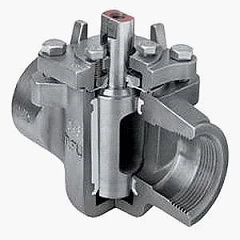
5. Plug valve: It refers to a rotary valvewith a plunger-shaped closing member. The passage port on the valve plug iscommunicated or separated with the passage port on the valve body through 90 °rotation to realize opening or closing. The shape of the valve plug can becylindrical or conical. The principle is basically similar to the ball valve.The ball valve is developed on the basis of the plug valve, which is mainlyused for oilfield exploitation, but also for petrochemical industry.
6. Safety valve: refers to the overpressureprotection device on the pressure vessel, equipment or pipeline. When thepressure in the equipment, container or pipeline rises above the allowablevalue, the valve automatically opens, and then discharges in full to preventthe equipment, container or pipeline and pressure from continuing to rise; whenthe pressure drops to the specified value, the valve should automatically Closein time to protect the safe operation of equipment, containers or pipelines.
7. Steam trap: In the delivery of steam,compressed air and other media, some condensate will form. In order to ensurethe working efficiency and safe operation of the device, these useless andharmful media should be discharged in time to ensure the consumption of thedevice and use. It has the following functions: ① can quickly remove the condensate produced; ② prevent steam leakage; ③ remove air and othernon-condensable gases.
8. Pressure reducing valve: It is a valvethat can reduce the inlet pressure to a certain required outlet pressurethrough adjustment and rely on the energy of the medium itself to keep theoutlet pressure stable automatically.

9. Check valve: also known as reverse flowvalve, check valve, back pressure valve and check valve. These valves areautomatically opened and closed by the force generated by the flow of themedium in the pipeline, which belongs to an automatic valve. Check valves areused in pipeline systems. Their main functions are to prevent backflow of themedium, to prevent the pump and drive motor from reversing, and to release themedium in the container. Check valves can also be used on pipelines where thepressure may rise to the auxiliary system that exceeds the system pressure.They can be mainly divided into rotary type (rotating according to the centerof gravity) and lifting type (moving along the axis).
 +86 512 68781993
+86 512 68781993 